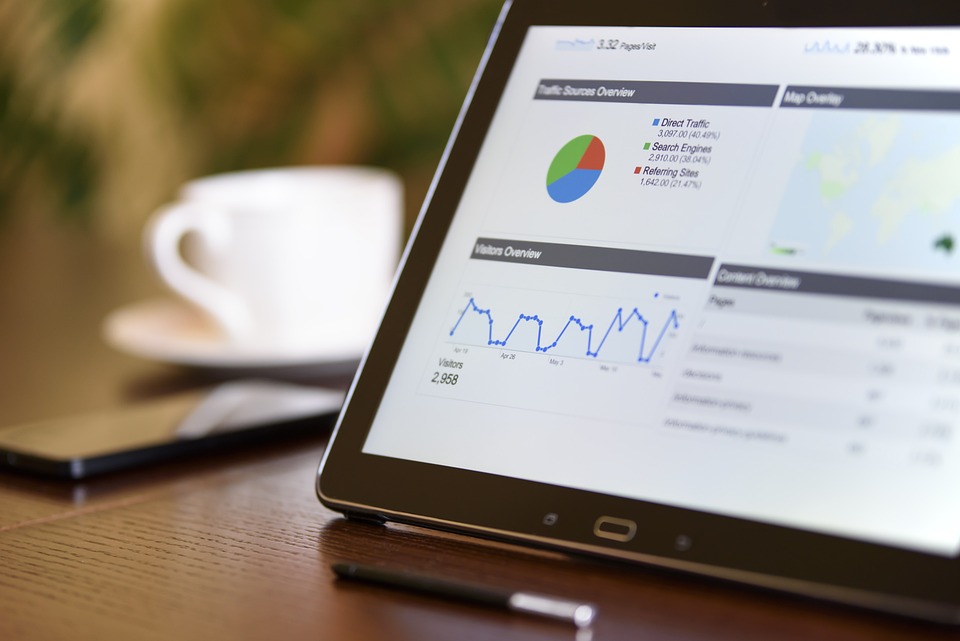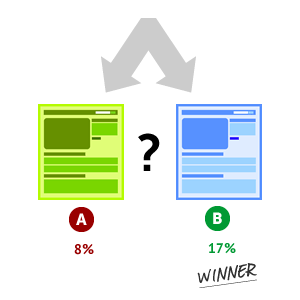
Optimizing Your PPC Campaigns for Maximum ROI
- 0
In today’s competitive tech industry, Pay-Per-Click (PPC) advertising is a crucial component of any successful marketing strategy. However, simply running ads is not enough to drive results. To truly maximize your return on investment (ROI), you need to optimize your PPC campaigns effectively. In this article, we will discuss some key strategies to help you get the most out of your PPC efforts.
Set Clear Goals and KPIs
The first step in optimizing your PPC campaigns is to establish clear goals and key performance indicators (KPIs). Whether your objective is to increase website traffic, generate leads, or boost sales, defining your goals will help you stay focused and measure the success of your campaigns. Make sure your KPIs are specific, measurable, achievable, relevant, and time-bound (SMART).
Keyword Research and Selection
Keywords are the foundation of any successful PPC campaign. Conducting thorough keyword research to identify relevant terms and phrases that your target audience is searching for is essential. Use tools like Google Keyword Planner, SEMrush, or Ahrefs to discover high-performing keywords that will drive qualified traffic to your website. Avoid overly broad keywords that may result in wasted ad spend and focus on long-tail keywords that have higher intent.
Create Compelling Ad Copy
Your ad copy is what will ultimately convince users to click on your ads, so it’s crucial to make it compelling and relevant. Craft engaging headlines and descriptions that highlight your unique selling propositions and entice users to take action. Use ad extensions like sitelinks, callouts, and structured snippets to provide additional information and improve ad visibility.
Optimize Landing Pages
Once users click on your ads, it’s important that they are directed to a relevant and user-friendly landing page. Your landing page should align with the ad copy and provide a clear call-to-action to guide users towards conversion. Make sure your landing page loads quickly, is mobile-responsive, and contains relevant information that addresses the user’s search intent.
Monitor and Track Performance
Regularly monitoring and tracking the performance of your PPC campaigns is essential to identify areas for improvement and maximize your ROI. Use tools like Google Analytics, Google Ads, or Bing Ads to track key metrics such as click-through rate (CTR), conversion rate, cost per click (CPC), and return on ad spend (ROAS). Analyze the data to make data-driven decisions and make adjustments to your campaigns accordingly.
A/B Testing
A/B testing, also known as split testing, is a method of comparing two versions of an ad or landing page to determine which one performs better. Experiment with different ad copy, headlines, images, and calls-to-action to see which variations drive the best results. Continuously testing and optimizing your campaigns will help you identify what resonates with your audience and improve
Optimize for Mobile
With the increasing use of mobile devices, it’s crucial to optimize your PPC campaigns for mobile users. Make sure your ads and landing pages are mobile-responsive and load quickly on smartphones and tablets. Consider creating mobile-specific campaigns and ad formats to target users on the go and improve the overall user experience.
Conclusion
Optimizing your PPC campaigns for maximum ROI requires careful planning, continuous monitoring, and strategic optimization. By setting clear goals, conducting thorough keyword research, creating compelling ad copy, optimizing landing pages, monitoring performance, A/B testing, and optimizing for mobile, you can drive better results and achieve a higher return on investment from your PPC efforts. Follow these strategies to take your PPC campaigns to the next level and stay ahead of the competition in the tech industry.

